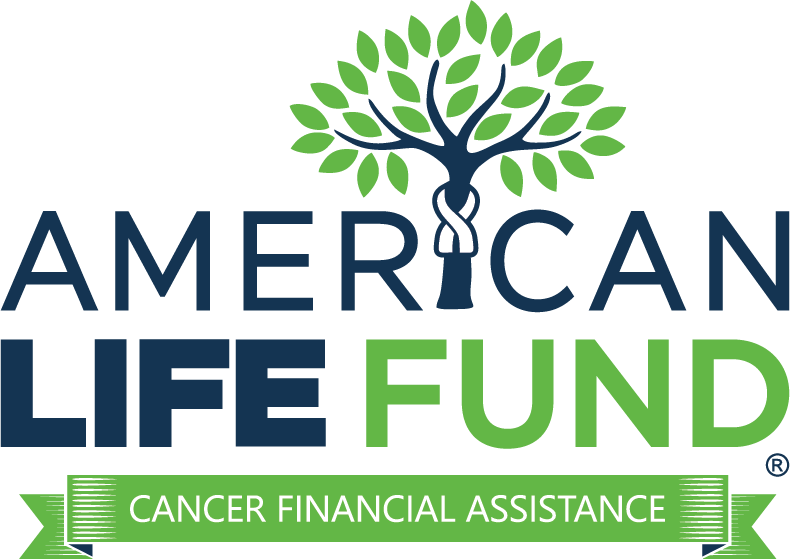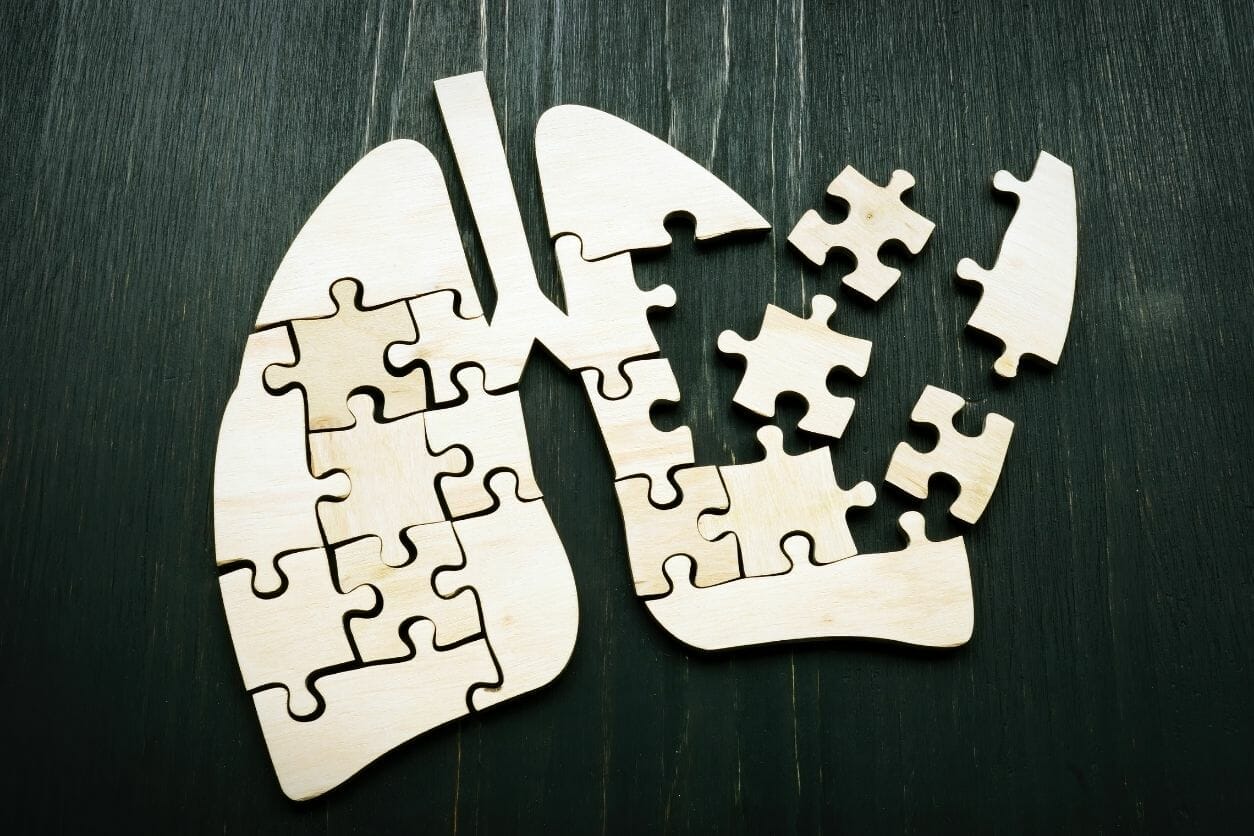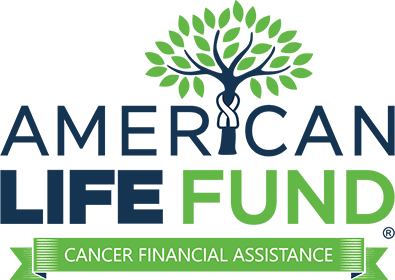Lung cancer treatment can be costly, with prices varying depending on the treatment type, cancer stage, and treatment location. Diagnostic tests like CT scans and blood tests can cost between $500 and $5,000. Treatments for early-stage lung cancer may cost from $30,000 to $50,000, while advanced stages might exceed $200,000, especially if surgery, chemotherapy, or radiation therapy is needed.
To handle these costs, it’s useful to understand what your health insurance covers and look into financial aid options. There are government and pharmaceutical assistance programs, as well as charities like the National Cancer Institute, that provide support. Another option is the American Life Fund, which offers viatical settlements that let lung cancer patients sell their life insurance policies for immediate cash to help pay for treatment. Exploring these resources can help ease the financial burden of lung cancer treatment.
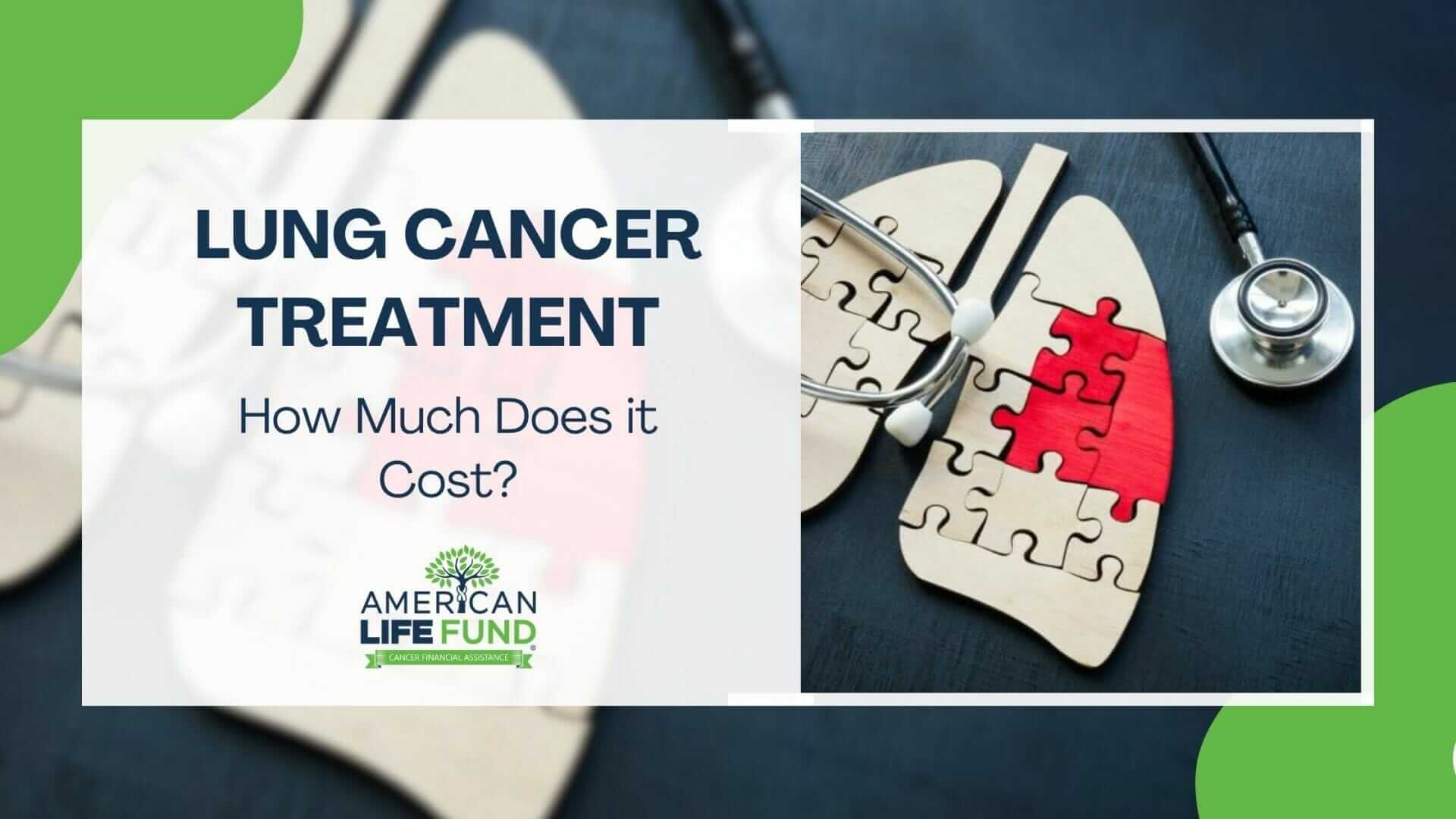
Key Takeaways
- Cost Variability: Lung cancer treatment expenses vary based on cancer stage, treatment type, and location, with early-stage treatments averaging $30,000 to $50,000, and advanced stages potentially exceeding $200,000.
- Diagnostic Expenses: Initial diagnostic tests, including CT scans and blood tests, can range from $500 to $5,000.
- Financial Assistance: Various resources are available to help manage costs, such as government programs, pharmaceutical assistance, and charities like the National Cancer Institute.
- Viatical Settlements: Patients may consider viatical settlements, which allow the sale of life insurance policies for immediate funds to cover treatment expenses.
Diagnosing Lung Cancer
When diagnosing lung cancer, there are a few key things that doctors look for. One of the most important is a history of smoking. While not all smokers will develop lung cancer, most of them have smoked at some point. As such, a doctor will usually order a lung cancer screening consisting of a CT scan or X-ray if a patient has a smoking history.
Other risk factors include secondhand smoke, radon gas, and asbestos exposure. In addition, those with a family history of lung cancer are at higher risk. If these risk factors are present, a doctor may order additional tests, such as a biopsy, to confirm the diagnosis.
Early detection is essential for lung cancer, so if you have any reason to believe you may be at risk, don’t hesitate to speak to your doctor.
Costs of Diagnosing Lung Cancer
When it comes to lung cancer, early diagnosis is critical. Unfortunately, the costs associated with diagnosing the disease can be quite high.
- A CT scan, often used to detect lung cancer, can cost upwards of $1,000.
- A PET scan, which is even more effective at detecting the disease, can cost as much as $6,000.
- And a biopsy, which is necessary to confirm a lung cancer diagnosis, can cost upwards of $10,000.
In addition to the high monetary costs of diagnosing lung cancer, there are significant time costs. A CT scan takes an hour or more to complete, and a PET scan takes several hours. A biopsy requires an overnight hospital stay. As a result, the costs of diagnosing lung cancer can be quite high in terms of money and time.
Factors Affecting Lung Cancer Treatment Cost
1. Type And Stage of Lung Cancer
The type and stage of lung cancer significantly determine the treatment approach and associated costs. Non-small cell lung cancer (NSCLC) and small cell lung cancer (SCLC) are the two main types requiring different treatment strategies. Additionally, the stage of cancer, ranging from early-stage (I and II) to advanced-stage (III and IV), influences the complexity and cost of treatment.
2. Treatment Modalities
Lung cancer treatment often involves a combination of different modalities, including surgery, chemotherapy, radiation therapy, targeted therapy, and immunotherapy. The treatment plan will depend on factors such as cancer stage, overall health, and the patient’s circumstances. Each treatment modality comes with its costs, which can vary significantly.
3. Healthcare Provider And Facility
The choice of healthcare provider and treatment facility can impact the overall cost of lung cancer treatment. Specialized cancer centers and renowned oncologists may charge higher fees for their services. Additionally, the location of the facility and its associated overhead costs can influence treatment expenses. It is essential to consider these factors while making healthcare decisions carefully.
4. Diagnostic Tests And Imaging
Accurate diagnosis and staging of lung cancer require various diagnostic tests and imaging procedures. These may include CT scans, PET scans, biopsies, and genetic testing. The costs of these tests can add up, and it is important to discuss them with your healthcare team and understand the potential financial implications.
5. Additional Supportive Care
In addition to the primary cancer treatment, lung cancer patients may require supportive care, such as palliative care, pain management, counseling, and rehabilitation services. These services contribute to the overall treatment cost, aiming to improve the patient’s quality of life and well-being during the cancer journey.
Managing And Mitigating Treatment Costs
Coping with the financial burden of lung cancer treatment can be overwhelming, but there are strategies to manage and mitigate the costs:
1. Health Insurance Coverage
Understanding your health insurance coverage is crucial. Review your policy to determine what is covered, including treatments, medications, and supportive services. Consult with your insurance provider to clarify any ambiguities and explore options for financial assistance.
2. Clinical Trials And Research Studies
Participating in clinical trials or research studies can provide access to cutting-edge treatments at reduced or no cost. These studies aim to advance medical knowledge and improve treatment outcomes. Discuss with your healthcare provider whether you qualify for any ongoing trials.
3. Seek Financial Assistance Programs
Various organizations and foundations offer financial assistance programs to support cancer patients. These programs can help with treatment costs, medications, transportation, and other related expenses. Research and inquire about available resources in your region.
4. Communication With Healthcare Team
Open and honest communication with your healthcare team is crucial. Discuss your concerns about treatment costs, and they can help explore cost-effective treatment options or suggest resources to alleviate the financial burden. They may also be able to guide you to financial counselors or social workers who specialize in helping patients navigate the financial aspects of cancer care.
5. Personal Budgeting And Planning
Creating a realistic budget and financial plan can provide a sense of control and alleviate stress during treatment. Evaluate your income, savings, and expenses to identify areas where you can adjust. Consider seeking professional financial advice to optimize your financial situation.
Lung Cancer Statistics
Lung cancer is one of the most common cancers in the world. In the United States, it is the second most common cancer (after breast cancer) and the leading cause of terminal illness. According to the Lung Cancer Research Foundation:
- In 2022, an estimated 236,740 people in the U.S. will be diagnosed with lung cancer.
- There is a 1 in 16 chance that any person will be diagnosed with lung cancer during their lifetime. These odds are slightly higher for men (1 in 15) than women (1 in 17).
- Currently, in the United States, 541,000 people have been diagnosed with lung cancer.
The number of new lung cancer diagnoses is declining steadily. From 2009-2018, the incidence rate decreased by 2.8% per year in men and 1.4% per year in women. Lung cancer deaths have been cut in more than half for men and a third for women, giving hope to those affected by this disease.
Types of Lung Cancer
There are two main types of lung cancer: non-small cell lung cancer (NSCLC) and small cell lung cancer (SCLC).
Non-Small Cell Lung Cancer
NSCLC is the most common type of lung cancer, accounting for approximately 85% of all cases. The two most common subtypes are adenocarcinoma and squamous cell carcinoma.
Small Cell Lung Cancer
SCLC is a less common type of lung cancer, accounting for about 15% of all cases. It is usually diagnosed in younger adults and tends to grow and spread more quickly than NSCLC. As a result, SCLC is often more difficult to treat.
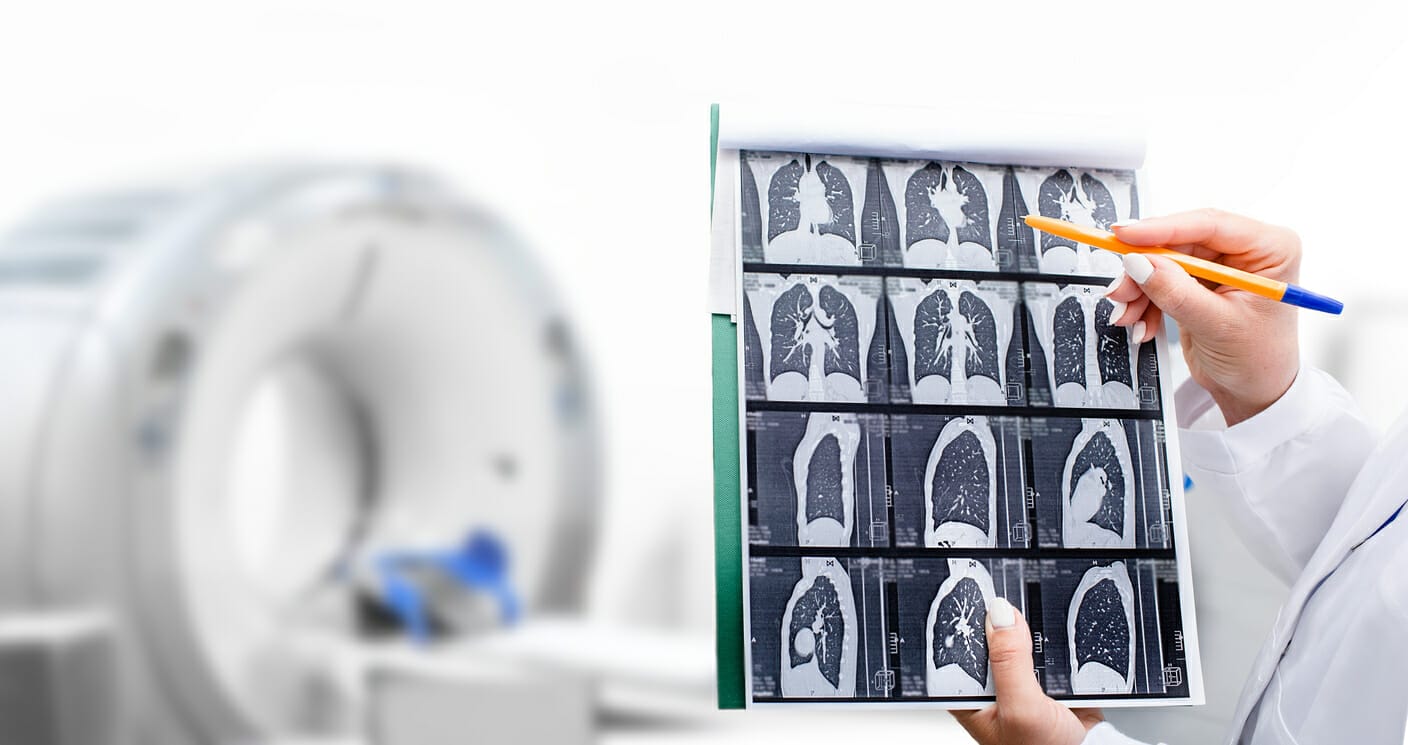
Lung Cancer Stages
Once lung cancer is diagnosed, it is important to determine the stage of the disease. The stage indicates how far the cancer has progressed and helps guide treatment decisions. There are four main stages of lung cancer:
Stage 0:
The cancer is confined to the lining of the airways and has not spread to other tissues.
Stage I:
The cancer is confined to the lungs and has not spread to other body parts.
Stage II:
Cancer has spread to the lymph nodes but not to other body parts.
Stage III:
Cancer has spread to other organs or tissues in the body.
Stage IV:
Stage 4 Cancer has spread to multiple organs or tissues in the body.
Lung Cancer Treatment Cost by Stage
The costs of treating lung cancer vary depending on the stage of the disease.
Stage 0 Lung Cancer Treatment Cost:
The costs of treating stage 0 lung cancer are typically quite low. The cancer is confined to the lining of the airways and has not spread to other tissues. Treatment typically involves surgery to remove the cancerous tissue. The cost of this surgery can range from $5,000 to $10,000.
Stage I Lung Cancer Treatment Cost:
The average cost of treating Stage I lung cancer is $30,000. Treatment typically involves surgery to remove the tumor, followed by radiation therapy.
Stage II Lung Cancer Treatment Cost:
The average cost of treating Stage II lung cancer is $40,000. Treatment typically involves surgery to remove the tumor and lymph nodes, followed by radiation therapy or chemotherapy.
Stage III Lung Cancer Treatment Cost:
The average cost of treating Stage III lung cancer is $50,000. Treatment typically involves surgery to remove the tumor, followed by radiation therapy and chemotherapy.
Stage IV Lung Cancer Treatment Cost:
The average cost of treating Stage IV lung cancer is $60,000. Treatment typically involves chemotherapy and radiation therapy. In some cases, surgery may also be an option.
Lung Cancer Treatment Cost by Type
The costs of treating lung cancer also vary depending on the type.
Non-Small Cell Lung Cancer Treatment Cost:
The average cost of treating NSCLC is $40,000. Treatment typically involves surgery to remove the tumor, followed by radiation therapy or chemotherapy.
Small Cell Lung Cancer Treatment Cost:
Treatment typically involves chemotherapy and radiation therapy. In some cases, surgery may also be an option. The average cost of treating SCLC is $50,000.
Treatment Options For Lung Cancer
While there are a few ways to treat lung cancer, it’s always best to consult a board-certified physician or team of specialists who have had experience treating it.
Surgery:
Surgery is often the first treatment option for lung cancer. The type of surgery depends on the stage and location of the tumor. Lobectomy, which involves removing the affected lobe of the lung, is the most common type of surgery for lung cancer.
Radiation Therapy:
Radiation therapy uses high-energy beams to kill cancer cells. It can be used as a standalone treatment or in combination with surgery or chemotherapy.
Chemotherapy:
Chemotherapy uses drugs to kill cancer cells. It can be given intravenously or in pill form. Chemotherapy is often used in combination with radiation therapy.
Targeted Therapy:
Targeted therapy is a type of treatment that targets specific genes or proteins that are involved in the growth and spread of cancer cells. This therapy is often combined with other treatments, such as surgery, radiation therapy, or chemotherapy.
Immunotherapy:
Immunotherapy is a treatment that helps the body’s immune system fight cancer cells. It can be used as a standalone or in combination with other treatments, such as surgery, radiation therapy, or chemotherapy.
Clinical Trials:
Clinical trials are research studies that test new treatments. They are an option for people whom other treatments have not helped.
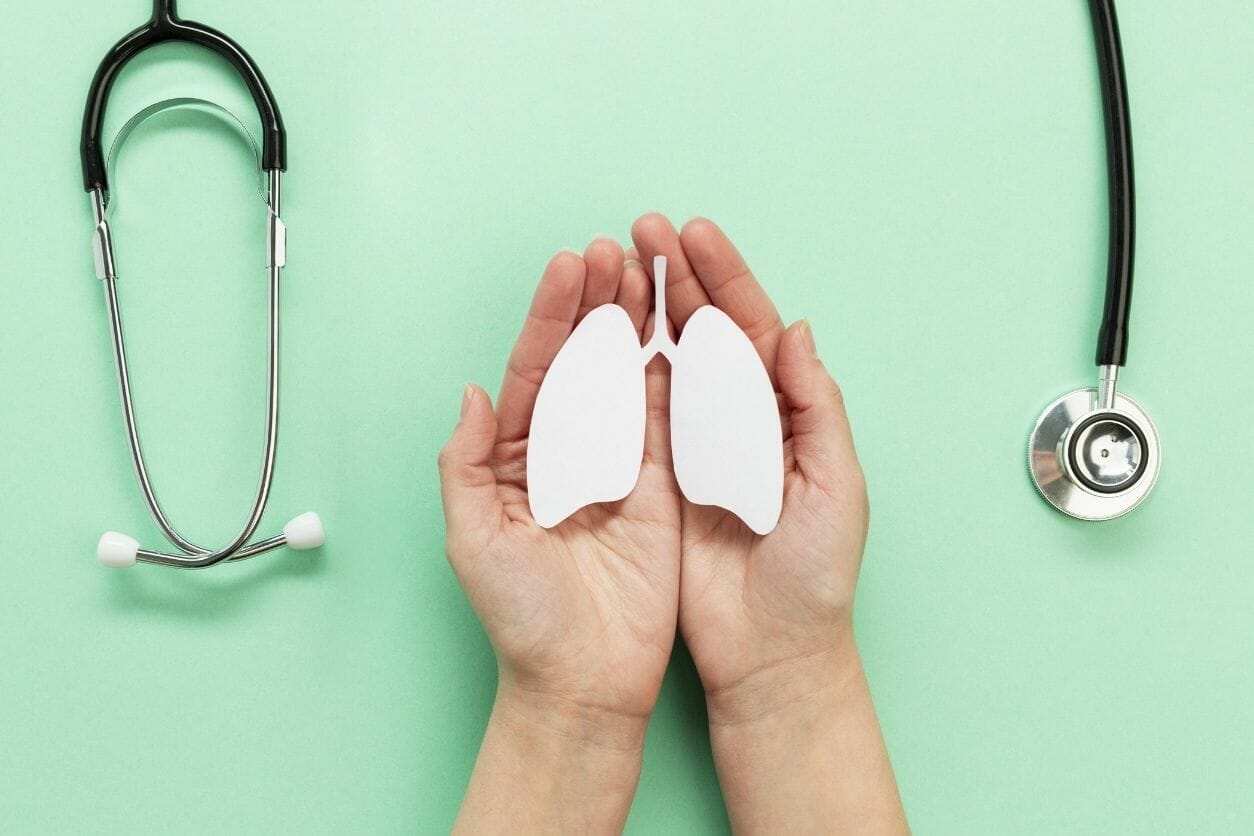
Different Factors Determining Lung Cancer Treatment Costs
There are a few different factors that can affect the cost of treating lung cancer, including:
The Stage of The Disease:
The earlier the stage, the less expensive the treatment is likely to be.
The Type of Cancer:
NSCLC is typically less expensive to treat than SCLC.
The Location of The Tumor:
Tumors located in the upper lobes of the lungs are typically less expensive to treat than tumors in the lower lobes.
The Type of Treatment:
Surgery is typically more expensive than radiation therapy, and targeted therapy is more expensive than chemotherapy.
The Type of Insurance:
Private insurance typically covers more of the costs associated with treatment than public insurance.
The Type of Facility:
Hospitals typically charge more for treatment than doctor’s offices or clinics.
These are just a few factors that can affect the cost of treating lung cancer. The only way to know how much your specific case will cost you is to speak with a certified doctor or team of specialists.
Monthly Treatment Cost Estimates
According to the National Cancer Institute, the monthly cost of treatment for lung cancer can vary widely, depending on the treatment you receive.
- If you undergo surgery to remove your tumor, your total costs could range from $23,000 to $33,000.
- If you choose to receive chemotherapy, your costs could range from $3,000 to $10,000.
- If you opt for radiation therapy, your costs could range from $4,000 to $11,000.
As you can see, the cost of treatment for lung cancer can be high.
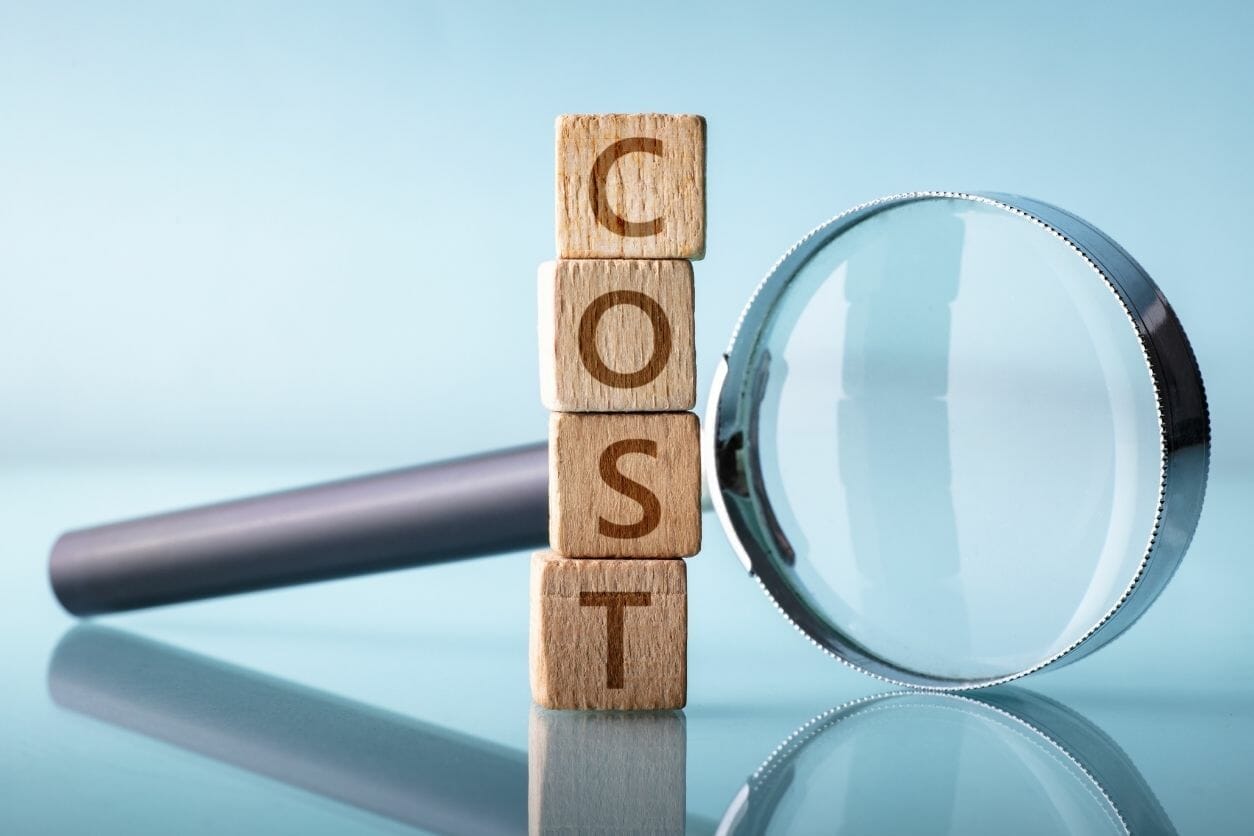
Total Cost of Care Annually
According to the National Cancer Institute, the annual cost of care for lung cancer can range from $12,000 to $87,000. This cost includes both the cost of treatment and follow-up care.
It’s important to note that these costs will vary depending on the type of treatment you receive and the stage of your lung cancer.
Surgery Phase Cost Estimates
The cost of surgery can vary widely depending on the type of procedure you need and the hospital where you have it done. However, some general estimates can help you understand what to expect.
- For a simple lobectomy (removal of one lung lobe), the average cost is between $30,000 and $50,000.
- If you need a more complex procedure, such as a pneumonectomy (removal of an entire lung), the average cost jumps to between $70,000 and $150,000.
Of course, these are just averages; your actual costs will depend on your situation.
Finding Help Paying For Lung Cancer
When diagnosed with lung cancer, you and your family will have many things to consider. One of the most important decisions will be how to finance your treatment.
Several options include insurance, government assistance programs, and charitable organizations. It is important to take the time to explore all of your choices.
Health Insurance
If you have health insurance, your policy will likely cover at least some of your treatment costs. However, checking with your insurance provider to know what is covered is important.
Some policies have lifetime limits on the amount they will pay for cancer treatment. Others may only cover certain types of treatment or may require you to pay a higher deductible.
Determining if your policy restricts which doctors or facilities you can use is also important.
American Life Fund Can Help With Lung Cancer Treatment Costs
If you or a loved one are struggling with the costs of lung cancer treatments, American Life Fund can help. We offer financial assistance to lung cancer patients and their families to help cover treatment costs and related expenses with a viatical settlement. With a viatical settlement, you can sell your life insurance policy for immediate cash funds.
Contact us today to learn more about how we can help you or your loved one manage the cost of lung cancer treatments through a viatical settlement.
In Summary
Early detection and treatment of lung cancer can often improve a patient’s prognosis. There are several resources available to patients suffering from this disease. Here are some of the best cancer centers in the USA!
Getting a viatical settlement through American Life Fund can help offset the costs of lung cancer treatment and help cover any additional expenses. The financial costs of any cancer are significant; learn about the costs and benefits of early diagnosis of pancreatic cancer here.
The funds from a viatical are tax-free and are used however you choose. Complete our simple form to instantly see if you qualify and get a free estimate for your policy!
